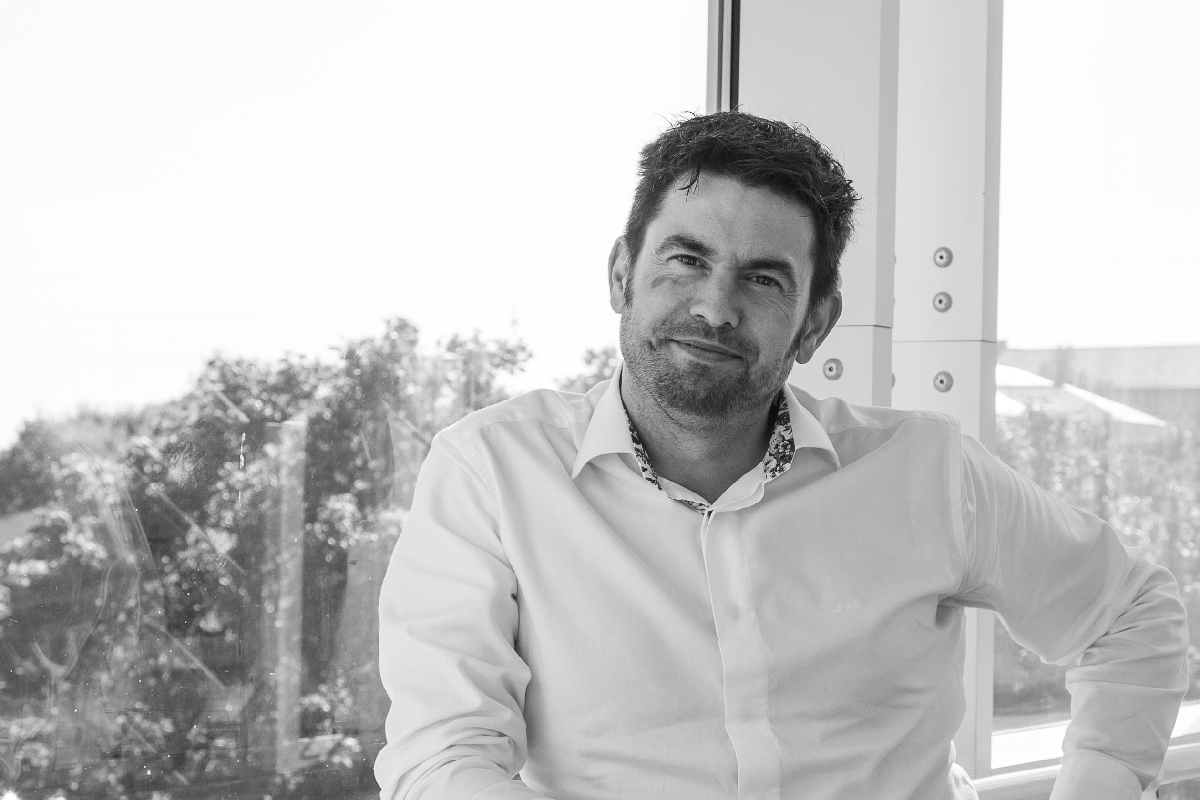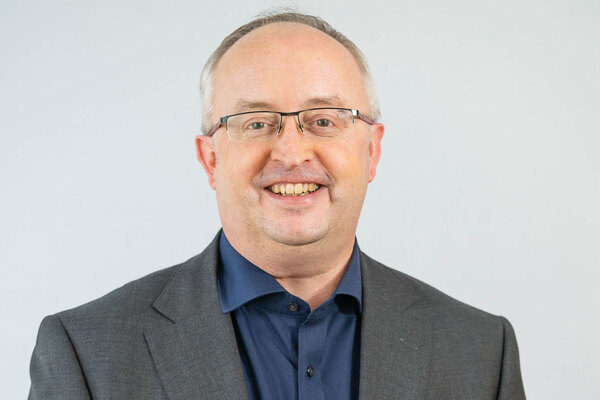Healthy Homes
“Never waste a good crisis”, as Rahm Emanuel channelled Sir Winston Churchill to say in 2008. The energy crisis is far from good, but it can provide us a renewed focus on eliminating fuel poverty, improving indoor conditions for health, and of course tackling the climate emergency.
Forecasts vary, but with October and later January’s price cap increases, a very significant number of families will be pushed into poverty. Not surprising when the cost of hot water alone for a cup of tea has gone from 1p to 3½p in under two years. Those choosing to eat not heat will face addition impacts on their health from underheated homes, with impacts on education and property maintenance too. Before the energy crisis hit, we’d already calculated that societal benefits to keeping homes warm mitigated more than 70% of the costs that would be incurred, this crisis will pull that question in to even sharper focus.
Perhaps oddly, the first place to start with our urgent concern about the energy crisis, is to ask what we’re really trying to achieve. I’d suggest we want to ensure that no family is in poverty as a result of being warm in their home and having access to adequate hot water. I’d hope you’d agree. Achieving “no family” as a true zero may or may not be possible in practice, however, I’d argue that we are obliged to aim for this: Just as Bonfield’s report told us “Each Home Counts”, so we know each family counts.
Here we must, briefly, turn to metrics and statistics.
The choice of success metrics is the first of these. How we measure success will drive how this is delivered in practice, just like asking for “best value” construction contracts drives the cheapest tender if the only success metric being used is the capital cost. For fuel poverty, we currently use complex assumptions about the performance of the home. But the tenants feel fuel poverty in pounds and pence, and that should be our success metric. Success is no tenant paying more than a pre-determined amount on their heating and hot water bill (no doubt index-linked and so forth). Beyond that cap, with some caveats, landlords should foot the bill.
Using actual costs as a success metric for fuel poverty has an important role in unlocking net zero too. By shifting the burden of excessive heating and hot water costs to the landlord, the benefits of fabric and heating system improvements are more directly connected to their capital costs. Whilst initially we may need to support Social Landlords with this burden, the shift ultimately helps makes the books balance for the cost/benefit of these retrofit measures. Furthermore, landlords achieving lower-than-threshold heating and hot water provisions could reasonably recover some of their capital costs opening the way to retrofit with less grant.
We’re taking this thinking to its logical conclusion with our Minimum Heat Guarantee project planned for this winter. Here, the landlord will cover the cost of whatever temperature the resident chooses up to 18˚C, with the resident just paying for the uplift above this temperature. We’ll be working to understand the costs the landlord incurs from this, but also investigating the savings this realises to health, education, maintenance and even rent arrears. Collectively, these societal benefits may balance the landlord’s costs (and mechanisms will of course have to be found to redistribute them to help landlords).
Whether this winter brings strong evidence for the Minimum Heat Guarantee project or not, it remains the case that to really tackle fuel poverty, success must be seen in our tenants’ fuel bills.
The second challenge here is statistical: do we mean “no family” is in poverty, or do we mean “most families”? Many statistical models will produce a ‘bell curve’ distribution around a mid-point average, representing the actual deviation from the theoretical forecast. What this means in practice is setting the target at the high point means 50% of the population will fail. Depending on the curve, setting the target even around halfway past the high point can fail 20% of the population – this was the case with EPCs in work with University College London some years back. It’s the nature of modelled solutions – they can be useful as part of a process, of course, but are they appropriate for determining overall success? Or to phrase that another way, do we consider 1 in 5 families still being in fuel poverty being deemed a success?
The alternative is to use actual measurements as the overall success metric, rather than modelled forecasts. Much like in a fossil fuel car the miles-per-gallon that counts is the one you pay at the pump not what’s in the marketing material, the performance of a home is what the tenant actually experiences, not what the model suggests. Models don’t well represent bad workmanship, poorly set flow temperature configurations, or the many vagaries of construction and maintenance. In order to include all of these, we need to measure not model our success. Measuring the performance of real homes will ensure we enable the right behaviours to help close the “Performance Gap”.
Unlocking net zero features here as well – actual measured performance is increasingly underpinning lobbying for everything from future building regulations to reporting Greenhouse Gas ‘scope’ emissions. All driven by the recognition that what ultimately counts in the climate emergency is the carbon dioxide and related gases emitted to our atmosphere, not “what the spreadsheet says” our performance is.
Hence to tackle fuel poverty, our success metric in pounds and pence must be evidenced by measurement from the homes, not by modelled assumptions. We’ll fail too many real families otherwise.
Does all this seem wildly unrealistic and unachievable? It isn’t.
From what we’ve seen, smart meter roll-out in UK homes is outpacing coverage compared to Energy Performance Certificates (that aren’t cloned), and smart meters must achieve near-complete coverage by 2025 to comply with government deadline. Amazingly, this means that the “measured” method is actually beating the “modelled” method in terms of deployment in the real world. Smart meters are also being delivered anyway, so no additional deployment cost burdens need to be shouldered by the sector.
Whilst there’s a data access and privacy requirement to be resolved, the smart meter’s half hourly data can then be used to measure actual energy into the home. This, combined with published pre-set tariff data from BEIS, can generate the fuel bill of the home and therefore a underpin a view of whether the family are in, or at risk of, fuel poverty. The same measured data, combined with grid carbon intensity, can be used to generate the most accurate carbon footprint of the home.
Smart meters therefore offer us a route to a measurable success metric with accuracy, scale and pace, that can ensure we genuinely leave no family in fuel poverty.
Finally, this is not to say that smart meters are a silver bullet, “measured” replaces “modelled” completely, or heat loss parameters for homes aren’t useful. Smart meters can provide us with a clear, unbiased success metric for carbon and fuel poverty, but unpicking how to deliver the best outcome for individual families will likely require more detailed measured data. This means sufficient metering in homes to understand at least the split of “the big three” energy demands – heating, hot water, and plug-in appliances, and sufficient monitoring to understand broadly how the home is being operated by it’s residents – Bermuda shorts or woolly jumpers?!
A measured success metric through the smart meter also doesn’t mean we don’t need good modelling tools to better forecast the likely impact of retrofit measures, from early project planning through to detailed performance specification considerations. Building fabric will need to be improved, moisture and ventilation considerations factored in before works occur in the home (not spotted afterwards). Resident behaviours will need to be understood, and forecast, and their influence on ‘acceptable’ measured outcomes embedded to disaggregate them. All these challenges require good quality, large scale data, and modelling tools that can support landlords with reasonable accuracy to plan their programme of works.
However, the tools that the sector needs to do the job are not the same as the metrics of success, we have to stop confusing the two. Success is families not choosing to “heat or eat” this (or any) winter, and real carbon emissions to atmosphere dropping to zero.
Author - Andy Sutton, co founder and chief innovation officer at sero



